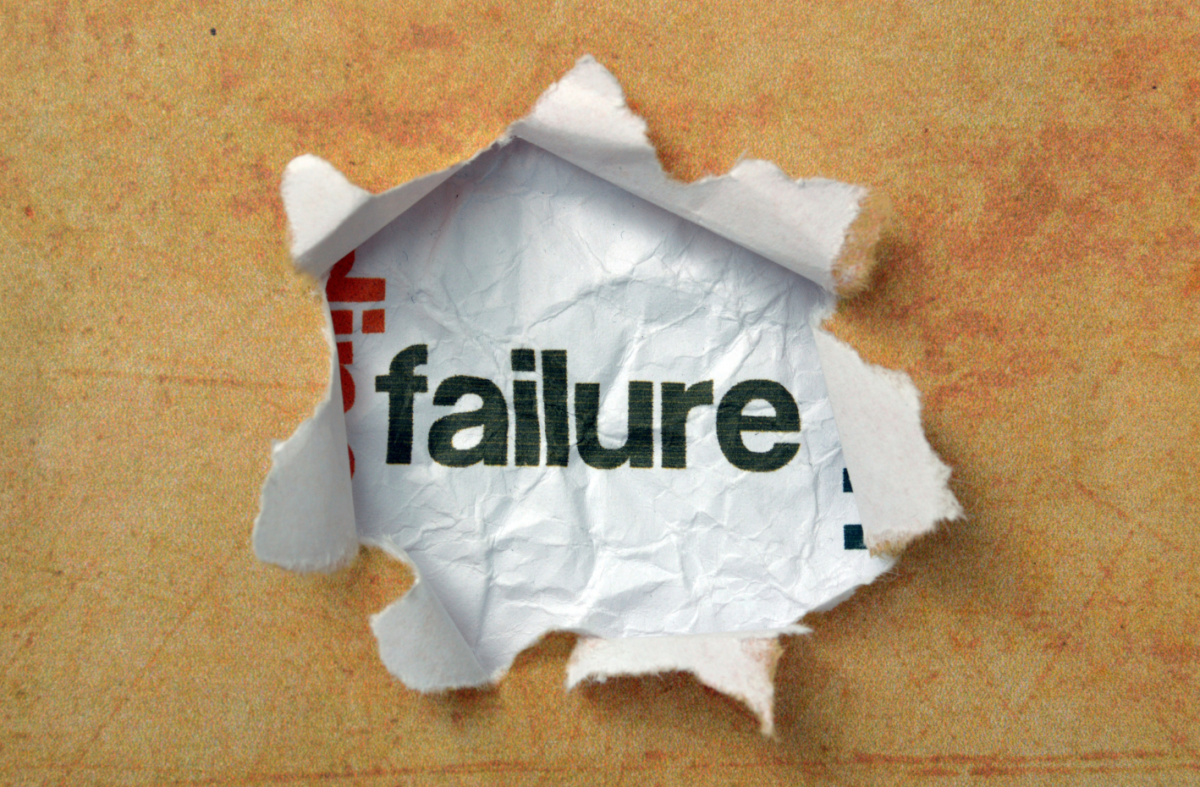There has been much debate recently about artificial intelligence. But what is artificial intelligence: and why does it stir up such fascination, hope, and concern?
Artificial Intelligence (AI) is intelligence embedded in machines that enables them to perform cognitive functions similar to those carried out by humans, such as learning, language understanding, problem solving, and decision making. At the same time, AI is a dynamic and rapidly growing branch of computer science that researches and develops systems capable of displaying such human capabilities. Alan Turing, considered the father of computer science, was the first to explore this frontier deeply, even coining the term “machine learning.” AI became an academic field in the 1950s and has since ridden a rollercoaster of development, soaring highs of discovery, followed by “AI winters” of stagnation, before exploding in the 2020s into the everyday lives of millions.
AI research spans multiple domains, each mirroring a unique human ability. These include machine learning (teaching machines to learn from patterns in data), natural language processing (allowing computers to speak and understand human language), computer vision, decision making, and even emotional and social intelligence. As a result, AI now powers voice assistants, recommends what you should watch next, detects cancer in medical scans, and even pilots autonomous vehicles.
The applications are as vast as they are transformative: reshaping healthcare, education, entertainment, finance, defense, and more. AI doesn’t just streamline processes; it changes the very way we live, work, and think.
But with such groundbreaking potential come serious ethical concerns and high-stakes risks. These are not the stuff of sci-fi anymore; they are here and growing.
One of the major risks is data privacy: AI systems often rely on massive datasets, which can include sensitive personal information. Without strict safeguards, this data can be misused or exposed. Then there’s algorithmic bias, when AI systems, trained on historical data, unknowingly learn and reinforce existing social inequalities in areas like hiring, policing, and loan approvals. Even more troubling is the lack of transparency: many AI systems are black boxes, meaning even their creators may not fully understand how they reach certain decisions.
The economic impact is another pressing issue. As machines become more capable, jobs in manufacturing, transportation, and even white-collar industries are at risk of automation, raising fears of mass unemployment and deepening social divides.
Some of the most serious concerns stretch into darker territory: the use of AI in mass surveillance, the development of autonomous weapons that could make life-or-death decisions without human input, and the looming possibility of superintelligent systems whose goals may not align with humanity’s interests. This existential risk, though speculative, has prompted urgent conversations among technologists, ethicists, and world leaders.
To address these challenges, the global community has begun to act. In 2020, the Global Partnership on Artificial Intelligence (GPAI) was formed to promote responsible innovation guided by human rights and democratic values. In 2024, the United States and the United Kingdom signed a landmark agreement on AI safety and cooperation, aiming to lead by example in mitigating risks and setting ethical standards.
The story of AI is still being written. It is a tale of promise and peril, of machines that can now think, but may not yet understand. As humanity races to unlock the full potential of artificial intelligence, it must also pause to ask: Not just can we do this, but should we, and if so, how?







